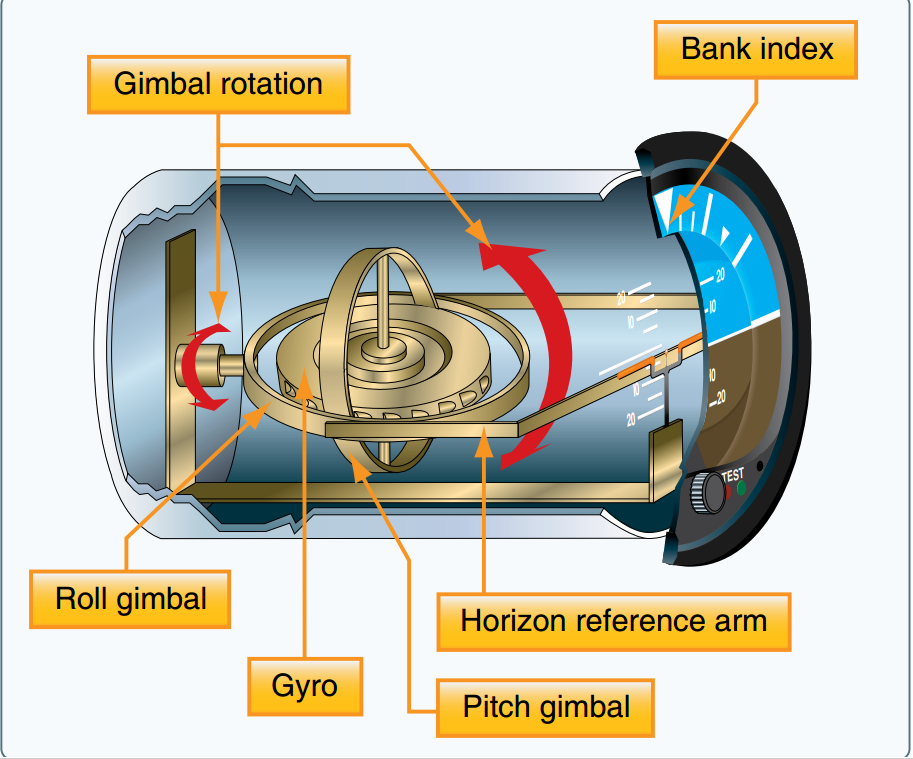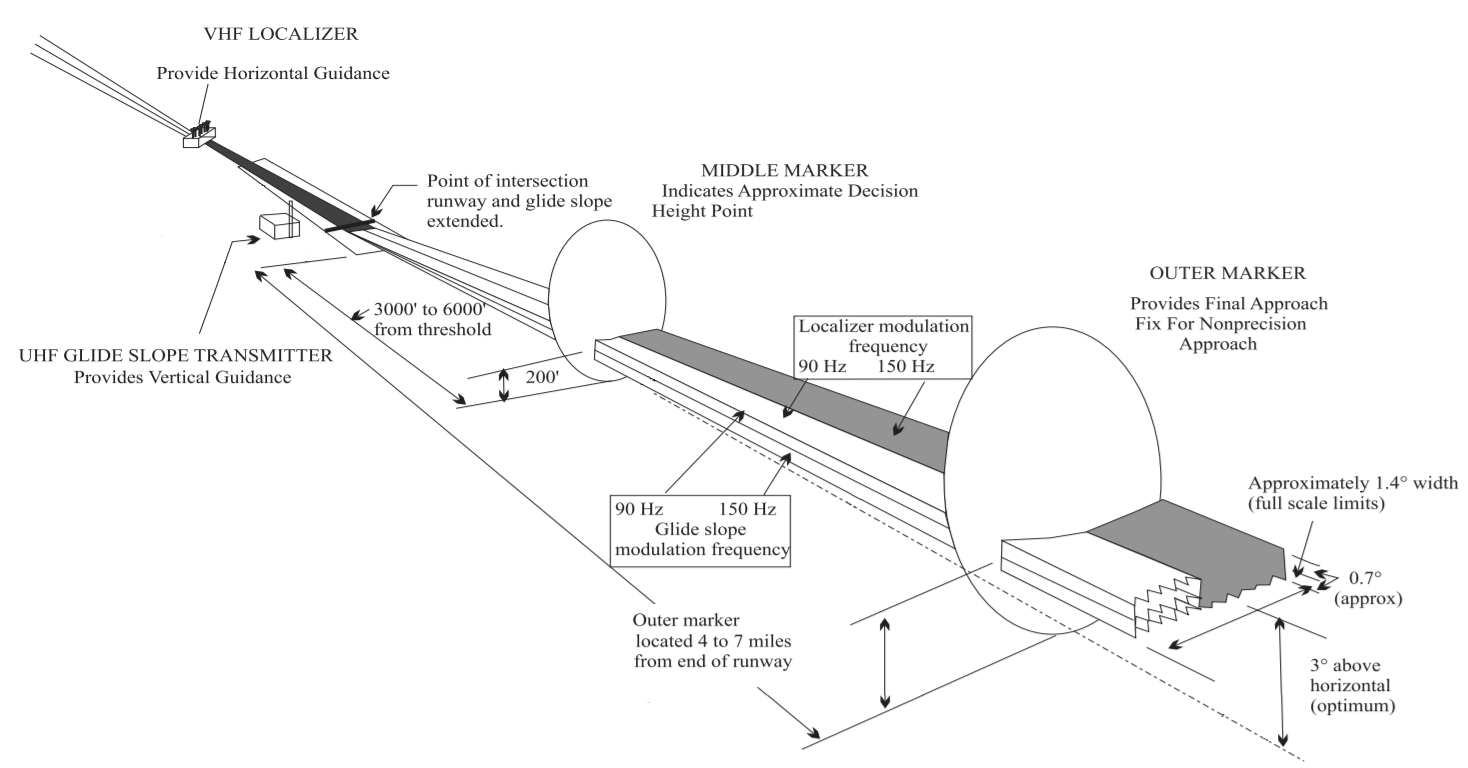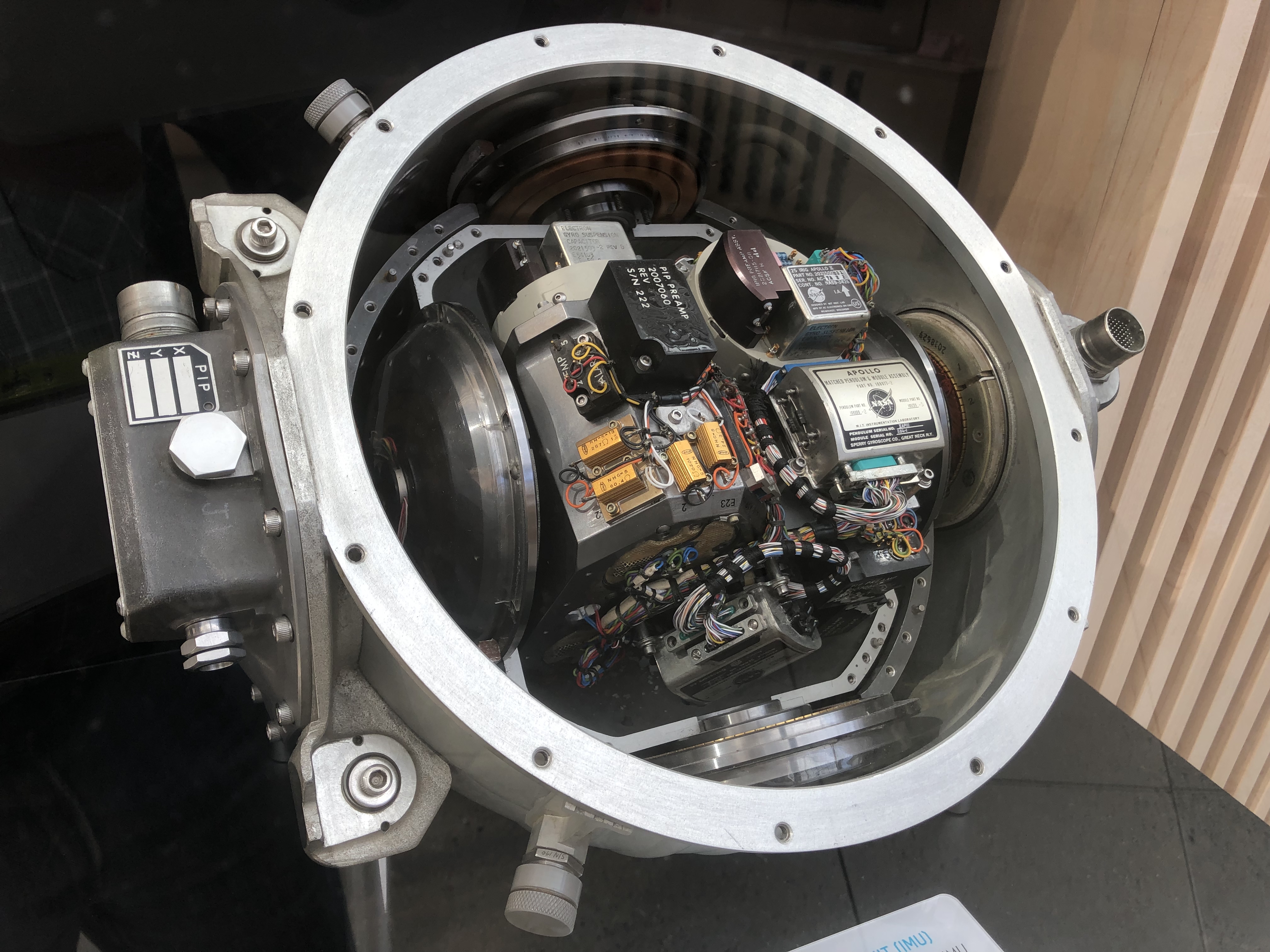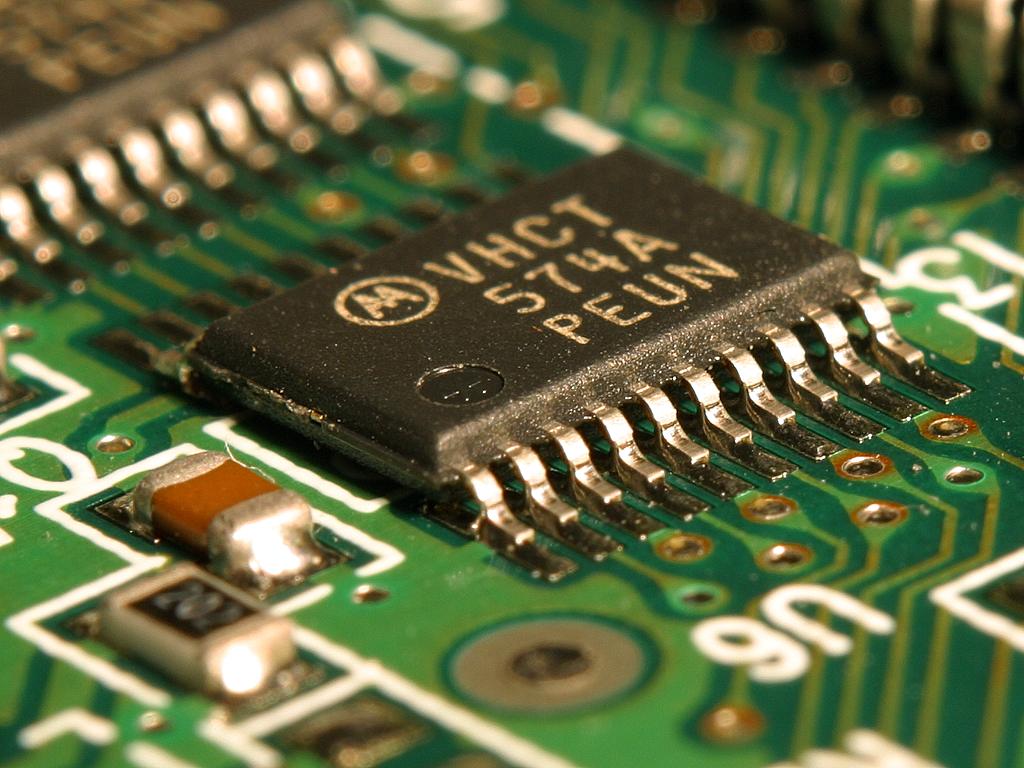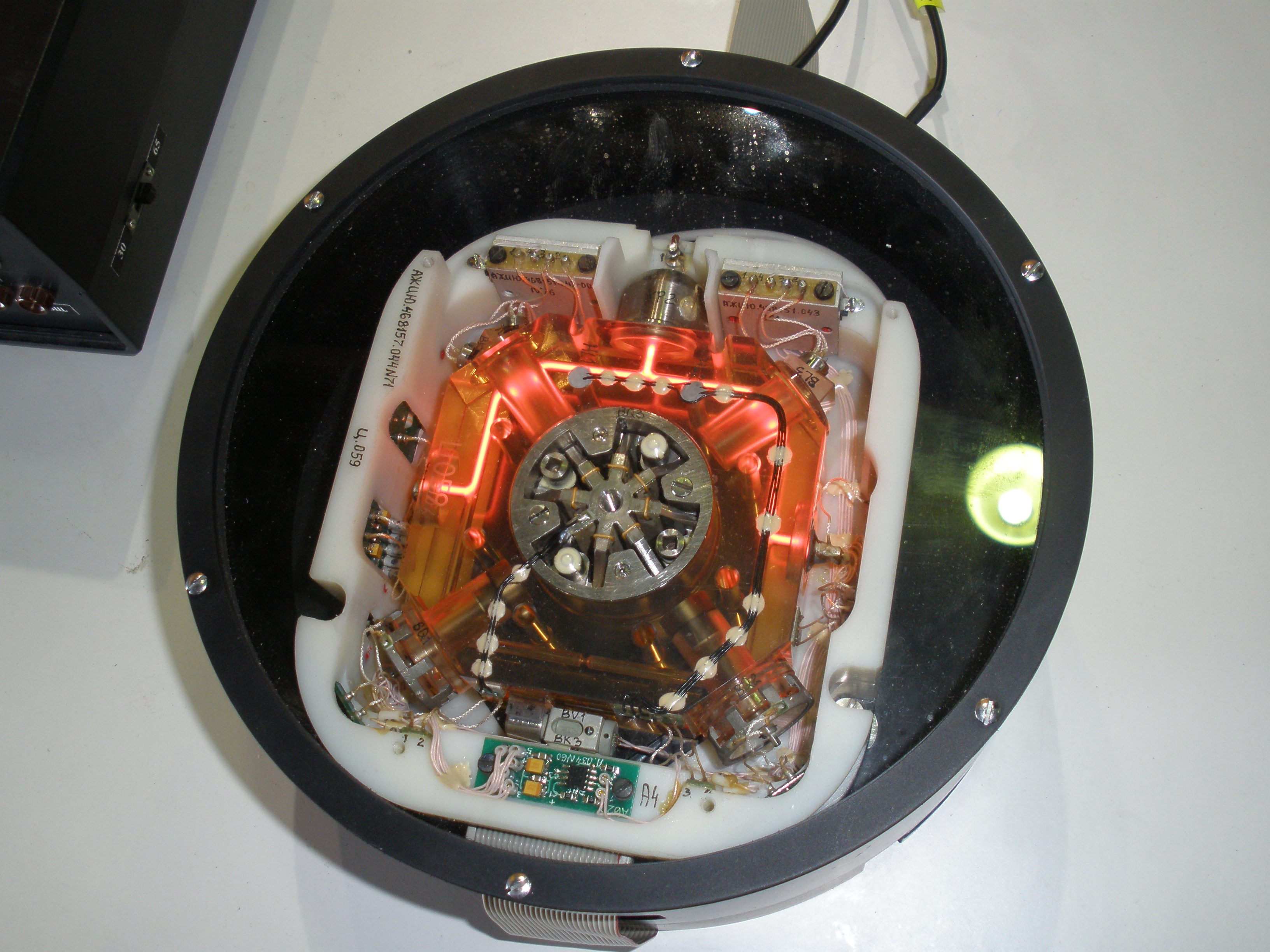|
Artificial Horizon
The attitude indicator (AI), formerly known as the gyro horizon or artificial horizon, is a flight instrument that informs the pilot of the aircraft orientation relative to Earth's horizon, and gives an immediate indication of the smallest orientation change. The miniature aircraft and horizon bar mimic the relationship of the aircraft relative to the actual horizon. It is a primary instrument for flight in instrument meteorological conditions. Attitude is always presented to users in the unit degrees (°). However, inner workings such as sensors, data and calculations may use a mix of degrees and radians, as scientists and engineers may prefer to work with radians. History Before the advent of aviation, artificial horizons were used in celestial navigation. Proposals of such devices based on gyroscopes, or spinning tops, date back to the 1740ies. Later implementations, also known as ''bubble horizons'', were based on bubble levels and attached to a sextant. In the 2010s, remna ... [...More Info...] [...Related Items...] OR: [Wikipedia] [Google] [Baidu] |
Aircraft Principal Axes
An aircraft in flight is free to rotate in three dimensions: '' yaw'', nose left or right about an axis running up and down; ''pitch'', nose up or down about an axis running from wing to wing; and ''roll'', rotation about an axis running from nose to tail. The axes are alternatively designated as ''vertical'', ''lateral'' (or ''transverse''), and ''longitudinal'' respectively. These axes move with the vehicle and rotate relative to the Earth along with the craft. These definitions were analogously applied to spacecraft when the first manned spacecraft were designed in the late 1950s. These rotations are produced by torques (or moments) about the principal axes. On an aircraft, these are intentionally produced by means of moving control surfaces, which vary the distribution of the net aerodynamic force about the vehicle's center of gravity. Elevators (moving flaps on the horizontal tail) produce pitch, a rudder on the vertical tail produces yaw, and ailerons (flaps on the win ... [...More Info...] [...Related Items...] OR: [Wikipedia] [Google] [Baidu] |
Bearing (mechanical)
A bearing is a machine element that constrains relative motion to only the desired motion, and reduces friction between moving parts. The design of the bearing may, for example, provide for free linear movement of the moving part or for free rotation around a fixed axis; or, it may ''prevent'' a motion by controlling the vectors of normal forces that bear on the moving parts. Most bearings facilitate the desired motion by minimizing friction. Bearings are classified broadly according to the type of operation, the motions allowed, or to the directions of the loads (forces) applied to the parts. Rotary bearings hold rotating components such as shafts or axles within mechanical systems, and transfer axial and radial loads from the source of the load to the structure supporting it. The simplest form of bearing, the ''plain bearing'', consists of a shaft rotating in a hole. Lubrication is used to reduce friction. In the ''ball bearing'' and ''roller bearing'', to reduce sliding ... [...More Info...] [...Related Items...] OR: [Wikipedia] [Google] [Baidu] |
Acronyms And Abbreviations In Avionics
Below are abbreviations used in aviation, avionics, aerospace and aeronautics. A B C D E F G H I J K L M N N numbers (turbines) O P Q R S T U V V speeds W X Y Z See also * List of aviation mnemonics * Avionics * Glossary of Russian and USSR aviation acronyms * Glossary of gliding and soaring * Appendix:Glossary of aviation, aerospace, and aeronautics – Wiktionary References SourcesAerospace acronymsTerms and GlossaryAviada Terminaro verkita de Gilbert R. LEDON, 286 pagxoj. External links Acronyms used by EASAAcronyms and Abbreviations- FAA Aviation DictionaryAviation Acronyms and AbbreviationsAcronyms search engine by Eurocontrol {{DEFAULTSORT:aviation, avionics, aerospace and aeronautical abbreviations Abbreviations An abbreviation (from Latin ''brevis'', meaning ''short'') is a shortened form of a word or phrase, by any method. It may consist of a group of letters or words taken from the full version of ... [...More Info...] [...Related Items...] OR: [Wikipedia] [Google] [Baidu] |
Soviet Artificial Horizon AGP-2 - Working
The Soviet Union,. officially the Union of Soviet Socialist Republics. (USSR),. was a List of former transcontinental countries#Since 1700, transcontinental country that spanned much of Eurasia from 1922 to 1991. A flagship communist state, it was nominally a Federation, federal union of Republics of the Soviet Union, fifteen national republics; in practice, both Government of the Soviet Union, its government and Economy of the Soviet Union, its economy were highly Soviet-type economic planning, centralized until its final years. It was a one-party state governed by the Communist Party of the Soviet Union, with the city of Moscow serving as its capital as well as that of its largest and most populous republic: the Russian Soviet Federative Socialist Republic, Russian SFSR. Other major cities included Saint Petersburg, Leningrad (Russian SFSR), Kyiv, Kiev (Ukrainian Soviet Socialist Republic, Ukrainian SSR), Minsk (Byelorussian Soviet Socialist Republic, Byelorussian SSR), Tas ... [...More Info...] [...Related Items...] OR: [Wikipedia] [Google] [Baidu] |
Instrument Landing System
In aviation, the instrument landing system (ILS) is a precision radio navigation system that provides short-range guidance to aircraft to allow them to approach a runway at night or in bad weather. In its original form, it allows an aircraft to approach until it is over the ground, within a of the runway. At that point the runway should be visible to the pilot; if it is not, they perform a missed approach. Bringing the aircraft this close to the runway dramatically increases the range of weather conditions in which a safe landing can be made. Other versions of the system, or "categories", have further reduced the minimum altitudes, runway visual ranges (RVRs), and transmitter and monitoring configurations designed depending on the normal expected weather patterns and airport safety requirements. ILS uses two directional radio signals, the ''localizer'' (108 to 112 MHz frequency), which provides horizontal guidance, and the ''glideslope'' (329.15 to 335 MHz frequency ... [...More Info...] [...Related Items...] OR: [Wikipedia] [Google] [Baidu] |
Magnetometer
A magnetometer is a device that measures magnetic field or magnetic dipole moment. Different types of magnetometers measure the direction, strength, or relative change of a magnetic field at a particular location. A compass is one such device, one that measures the direction of an ambient magnetic field, in this case, the Earth's magnetic field. Other magnetometers measure the magnetic dipole moment of a magnetic material such as a ferromagnet, for example by recording the effect of this magnetic dipole on the induced current in a coil. The first magnetometer capable of measuring the absolute magnetic intensity at a point in space was invented by Carl Friedrich Gauss in 1833 and notable developments in the 19th century included the Hall effect, which is still widely used. Magnetometers are widely used for measuring the Earth's magnetic field, in geophysical surveys, to detect magnetic anomalies of various types, and to determine the dipole moment of magnetic materials. In an air ... [...More Info...] [...Related Items...] OR: [Wikipedia] [Google] [Baidu] |
Rate Gyro
A rate gyro is a type of gyroscope, which rather than indicating direction, indicates the rate of change of angle with time. If a gyro has only one gimbal ring, with consequently only one plane of freedom, it can be adapted for use as a rate gyro to measure a rate of angular movement. Rate gyros are used in rate integrating gyroscopes, and in attitude control systems for vehicles, and in combination with other sensors to make inertial navigation systems. The advantage of rate gyros over other types of gyros is the fast response rate and their relatively low cost. Principles Spinning The traditional type of rate gyro employs relatively conventional gyroscopes with viscous couplings to transfer the spin rate to allow it to be read. US Dynamics Rate Gyroscope Technical Brief Vibrating structure gyroscope {{main, Vibrating structure gyroscope MEMS gyros are cheap and have no moving parts. They often work by sonic resonance effects driven by piezoelectric Piezoelectricity (, ) is t ... [...More Info...] [...Related Items...] OR: [Wikipedia] [Google] [Baidu] |
Inertial Sensor
An inertial measurement unit (IMU) is an electronic device that measures and reports a body's specific force, angular rate, and sometimes the orientation of the body, using a combination of accelerometers, gyroscopes, and sometimes magnetometers. When the magnetometer is included, IMUs are referred to as IMMUs. IMUs are typically used to maneuver modern vehicles including motorcycles, missiles, aircraft (an attitude and heading reference system), including unmanned aerial vehicles (UAVs), among many others, and spacecraft, including satellites and landers. Recent developments allow for the production of IMU-enabled GPS devices. An IMU allows a GPS receiver to work when GPS-signals are unavailable, such as in tunnels, inside buildings, or when electronic interference is present. Operational principles An inertial measurement unit works by detecting linear acceleration using one or more accelerometers and rotational rate using one or more gyroscopes. Some also include a magnetom ... [...More Info...] [...Related Items...] OR: [Wikipedia] [Google] [Baidu] |
Solid-state Electronics
Solid-state electronics means semiconductor electronics: electronic equipment using semiconductor devices such as transistors, diodes and integrated circuits (ICs). The term is also used as an adjective for devices in which semiconductor electronics that have no moving parts replace devices with moving parts, such as the solid-state relay in which transistor switches are used in place of a moving-arm electromechanical relay, or the solid-state drive (SSD) a type of semiconductor memory used in computers to replace hard disk drives, which store data on a rotating disk. History The term "solid-state" became popular at the beginning of the semiconductor era in the 1960s to distinguish this new technology based on the transistor, in which the electronic action of devices occurred in a solid state, from previous electronic equipment that used vacuum tubes, in which the electronic action occurred in a gaseous state. A semiconductor device works by controlling an electric current ... [...More Info...] [...Related Items...] OR: [Wikipedia] [Google] [Baidu] |
Primary Flight Display
A primary flight display or PFD is a modern aircraft instrument dedicated to flight information. Much like multi-function displays, primary flight displays are built around a Liquid-crystal display or CRT display device. Representations of older six pack or "steam gauge" instruments are combined on one compact display, simplifying pilot workflow and streamlining cockpit layouts. Most airliners built since the 1980s—as well as many business jets and an increasing number of newer general aviation aircraft—have glass cockpits equipped with primary flight and multi-function displays (MFDs). Cirrus Aircraft was the first general aviation manufacturer to add a PFD to their already existing MFD, which they made standard on their SR-series aircraft in 2003. Mechanical gauges have not been eliminated from the cockpit with the onset of the PFD; they are retained for backup purposes in the event of total electrical failure. Components While the PFD does not directly use the ... [...More Info...] [...Related Items...] OR: [Wikipedia] [Google] [Baidu] |
Glass Cockpit
A glass cockpit is an aircraft cockpit that features electronic (digital) flight instrument displays, typically large LCD screens, rather than the traditional style of analog dials and gauges. While a traditional cockpit relies on numerous mechanical gauges (nicknamed "steam gauges") to display information, a glass cockpit uses several multi-function displays driven by flight management systems, that can be adjusted to display flight information as needed. This simplifies aircraft operation and navigation and allows pilots to focus only on the most pertinent information. They are also popular with airline companies as they usually eliminate the need for a flight engineer, saving costs. In recent years the technology has also become widely available in small aircraft. As aircraft displays have modernized, the sensors that feed them have modernized as well. Traditional gyroscopic flight instruments have been replaced by electronic attitude and heading reference systems (AHRS) and ... [...More Info...] [...Related Items...] OR: [Wikipedia] [Google] [Baidu] |
Ring Laser Gyroscope
A ring laser gyroscope (RLG) consists of a ring laser having two independent counter-propagating resonant modes over the same path; the difference in phase is used to detect rotation. It operates on the principle of the Sagnac effect which shifts the nulls of the internal standing wave pattern in response to angular rotation. Interference between the counter-propagating beams, observed externally, results in motion of the standing wave pattern, and thus indicates rotation. Description The first experimental ring laser gyroscope was demonstrated in the US by Macek and Davis in 1963. Various organizations worldwide subsequently developed ring-laser technology further. Many tens of thousands of RLGs are operating in inertial navigation systems and have established high accuracy, with better than 0.01°/hour bias uncertainty, and mean time between failures in excess of 60,000 hours. Ring laser gyroscopes can be used as the stable elements (for one degree of freedom each) in an ine ... [...More Info...] [...Related Items...] OR: [Wikipedia] [Google] [Baidu] |
